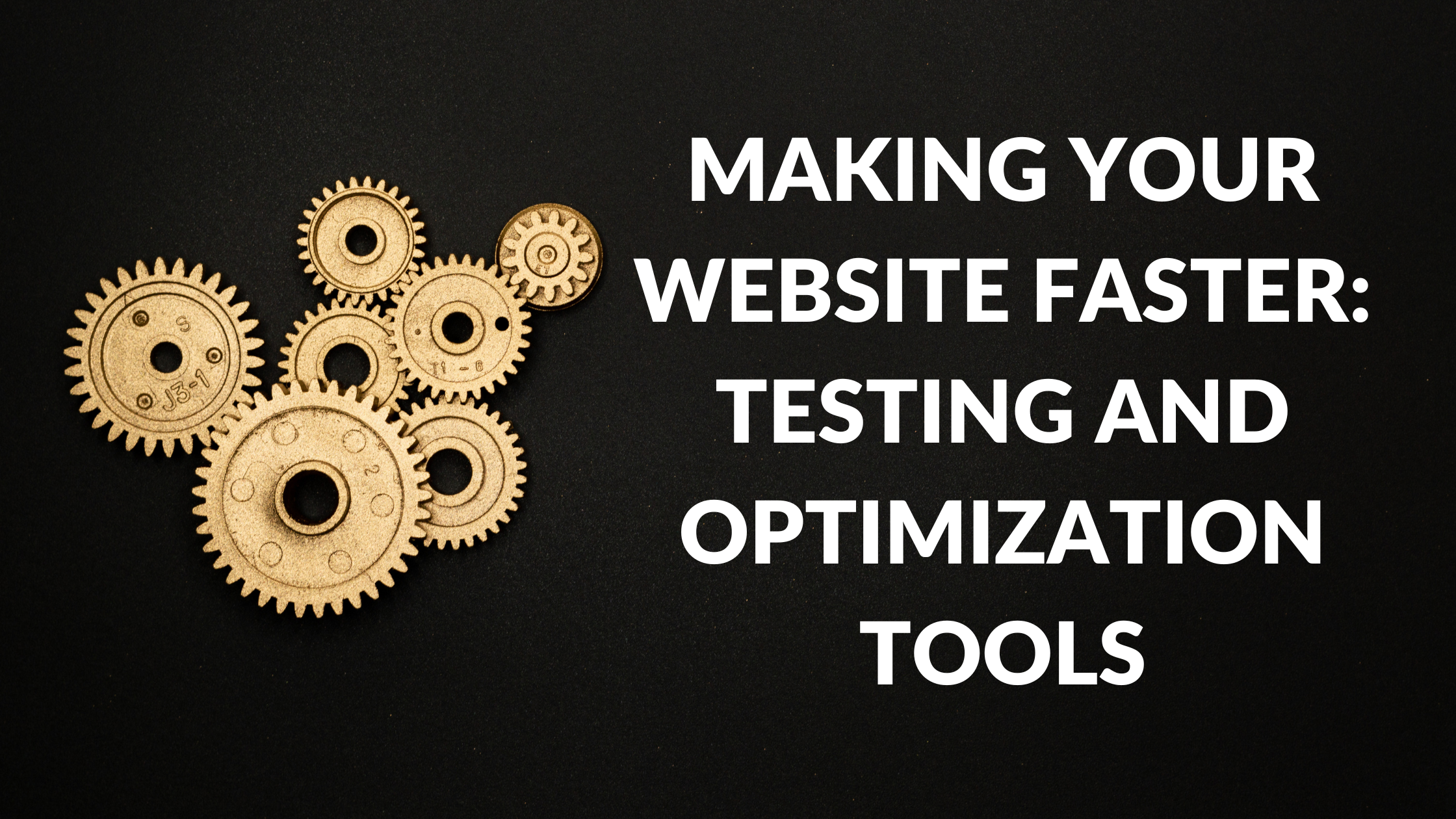Making Your Website Faster: Testing and Optimization Tools

Written by Casey Botticello
Disclosure: Some of the links below are affiliate links, meaning that at no additional cost to you, I will receive a commission if you click through and make a purchase. Read our full affiliate disclosure here.
Slow websites lose attention fast. Netizens have endless choices, and to get through to them, speed is a must-have. Consider it a bonus at your own peril. A silky smooth site demonstrates respect for your target audience’s time, meeting the need for a human experience sprinkled with quick, easy access.
Website performance is not just technical. It’s emotional. It shapes how people feel about your brand before they even notice your content. The web is full of distractions. A fast website earns the rare gift of attention. Once you have it, you get the chance to convert it into trust, loyalty, or revenue.
Website Speed Matters Beyond Metrics
We often talk about performance in abstract terms: load times, Core Web Vitals, bounce rates. But underneath those graphs is a deeper truth. Slowness feels like friction. It breaks the rhythm of interaction, whereas users want fluidity. If your site pauses, they don’t. They leave.
Speed also signals quality. A well-optimized site tells users you value their experience. It’s a quiet statement of care. A page that loads in two seconds feels polished. One that takes eight seconds feels broken, even if the design is beautiful. This perception affects everything, from conversion rates to brand credibility.
The Human Side of Testing Tools

There’s no shortage of testing tools, but they often speak in a language that feels mechanical. Numbers, colors, charts. Yet behind those outputs is a simple question: how fast does your site feel?
Use PageSpeed Insights or GTmetrix to understand the bottlenecks in your users’ journey. Tools like WebPageTest give you filmstrip views of how your site unfolds, frame by frame. They let you see your work as a user would, waiting for that first image, headline, or first moment of meaning.
Each tool offers a lens. Lighthouse measures technical health. Chrome DevTools shows what’s blocking rendering. But they all feed the one goal of making the site breathe, move, and respond as if it were a natural conversation.
Test, Observe, Refine

Improvement doesn’t come from one round of fixes. It comes from repeated observation and thoughtful iteration. Test your site regularly, not because things are broken, but because change is constant. Each update, plugin, or visual tweak carries the risk of regression.
Ask questions. Are the core pages as fast on mobile as they are on desktop? Do they respond quickly to touch? Does interaction feel smooth or hesitant? Use synthetic testing for structure, and real-user monitoring for truth.
Most importantly, avoid chasing perfection. A site that scores 100 but feels clunky in flow isn’t optimized. A site that scores 80 but loads what matters first and flows smoothly is far more usable.
Optimization as an Act of Design

There’s an art to speed. Optimization isn’t about cramming or trimming alone. It’s about arranging content so the most important parts appear first. Lazy loading images, preloading fonts, and minifying scripts are not chores, they’re brushstrokes. Done right, they create rhythm.
Consider the first five seconds a visitor spends on your site. What do they see? How does it feel? Your design and code should serve the same purpose: clarity, momentum, and emotion. A fast-loading site doesn’t feel stripped down. It feels effortless. That’s the difference between an optimized experience and a minimal one.
Good optimization starts with the essentials. Compress images not because the tool said so, but because no one should wait for a background picture. Load only what you need. If a script doesn’t add value to the user in their first moments, defer it. Strip out what adds complexity without depth.
The Future Is Personal, and So Is Speed

Modern websites no longer serve one type of user on one type of screen. Optimization now involves tailoring for quite an array. Behavior. Connection type. Geography. Device. All are part of the matrix. A mobile user on 3G should have just as smooth an experience as someone on fiber. That’s where CDNs, server-side rendering, and adaptive loading patterns matter.
You don’t speed up your site for Google. You do it for that student in a dorm, that tired commuter on a train, that single parent checking your page between errands. Speed respects context. Optimization should feel like empathy.
True Speed Begins With Purpose
Speed isn’t just a technical goal. It’s part of how people experience your work. A slow-loading site feels careless, like someone didn’t think your time mattered.
But speed with intention? It flips everything into what people actually need and makes sure nothing stands in the way. Sometimes that means stepping back and looking at what might be slowing things down outside your control. Are users behind firewalls? Are they routed through networks that alter how your content loads?
You can check proxy online using a simple header tool to see what users might be dealing with on their end. It’s one way to understand the full picture and meet people where they are.
